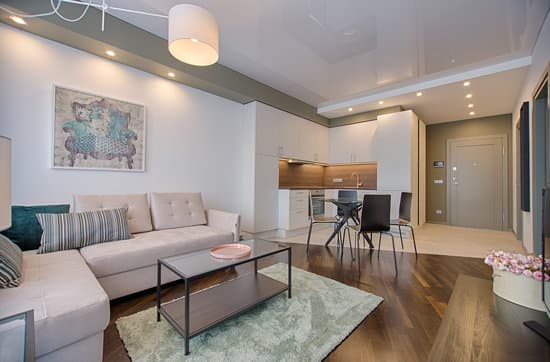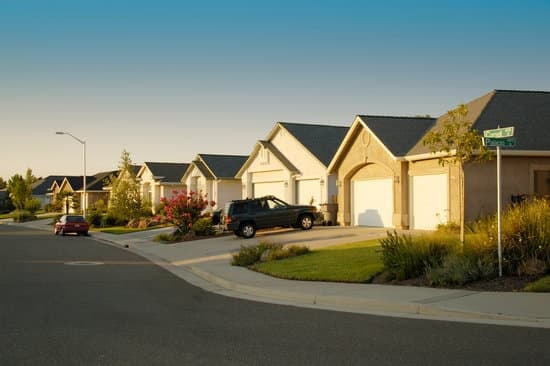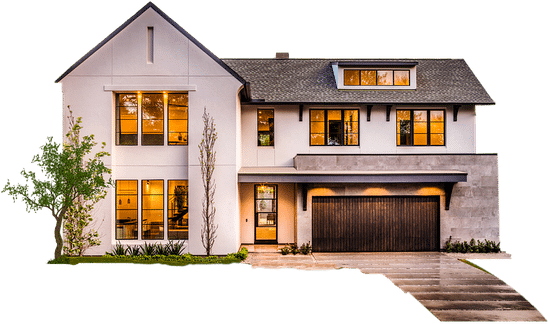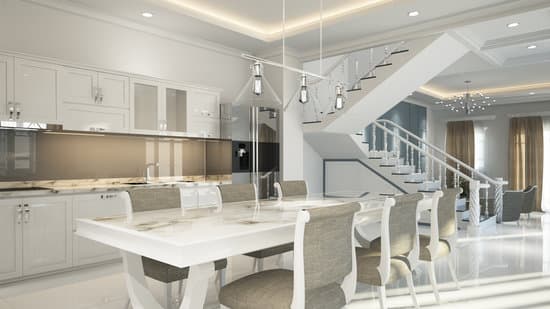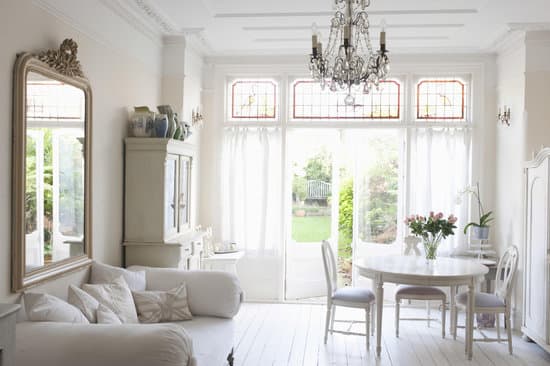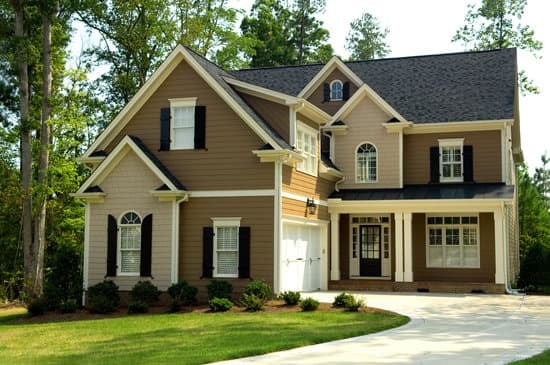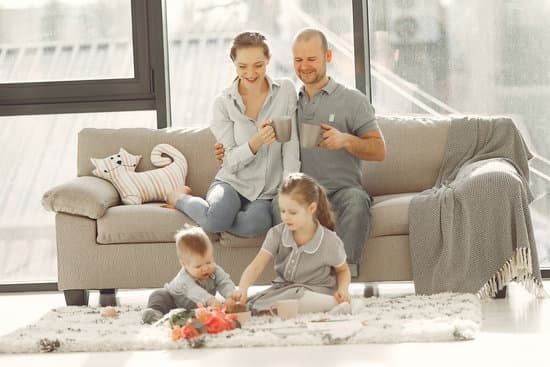When it comes to styles of residential architecture, the Eclectic movement is one that cannot be ignored. So when was eclectic style popular? The movement was in existence from the 19th century until around 1940, and it emerged in the period that followed the Victorian era. During this time, architects and designers were eager to move away from the strict rules and limitations that characterized the Victorian era. They instead sought to blend elements of different architectural styles – hence the name “Eclectic” – to create something unique and highly personalized.
Here are some key characteristics and features that define the Eclectic style:
Eclectic buildings are typically asymmetrical, with irregular shapes and varying rooflines that combine different styles, such as mansard, gabled, or hipped roofs.
Eclectic architecture also often incorporates varied materials and textures, such as stone, brick, and wood, to create an eclectic and unique look.
Eclectic interiors often feature unusual combinations of furniture and décor items from different historical periods and styles.
Color is also an important element of the Eclectic style, with bold and unexpected combinations often used to create drama and interest.
Ornamentation is another hallmark of the Eclectic style, with architects and designers frequently adding decorative elements such as arches, pediments, and intricate moldings to give buildings a more elaborate look.
Overall, the Eclectic style can be seen as a rejection of the strict, rule-bound Victorian period and as a celebration of creativity, individuality, and personal expression. While the movement may no longer be in its heyday, its influence can still be seen in many current architectural and design trends.
